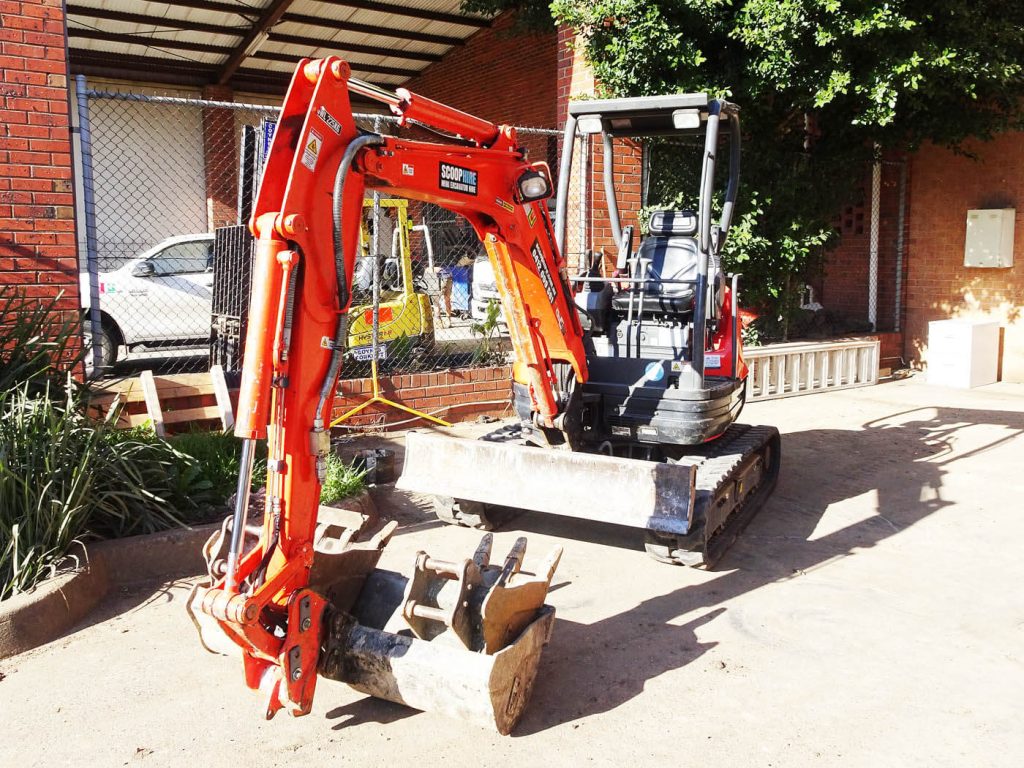
Precision digging helps increase productivity gains and reduce labor costs. Precision digging using excavators can be achieved through technologies that compute the precise position of the excavator bucket. Ocala instruments emerged in early 2000, proving to provide precision digging for excavators. The systems work with bucket position monitors that consist of three sensor boxes that contain inclinometers. One sensor is on the boom, another on the stick and the other on the bucket. The position of the bucket is calculated using trigonometry. As the parts move, the sensors measure the angles and return feedback to a computer in the cab. When the operator touches the bucket on the surface, the system compares surface height to any other height desired. Through triangulation, the system continually computes the third side of the triangle.
Moreover, the operator of a mini excavator hire can measure a slope and match it to achieve the exact measurement and locate a precise position to dig. Bucket position monitors not only measure depth but also length. Therefore, the system allows the excavator to dig a perfect vertical wall. Bucket position monitors do not require GPS, which is another method to achieve precision digging when using excavators. However, they can be used together.
The GPS uses a receiver antenna mounted on the machine’s back to computes the point of the excavator’s blade cutting edge. The operator can locate the cutting blade’s exact position by slowing down and trying to reach it. However, doing this slows down production significantly. To save time, operators employ the use of lasers to determine this precise location. An operator at the base station at the job site will have to input a 3D topo map of the area into the excavator’s monitor that it will use to get the corrected real-time kinetic positioning data. The operator can either manually cut to the position displayed on the computer or fully automate the system. In automation mode, the data showing the GPS position will direct the bucket to the precise curves of the excavation layout.
The introduction of these technologies to help in precision digging has brought bout significant advantages. First, contractors no longer over dig as the bucket stops at the exact position required. Thus, there is no additional work trying to fill in low spots or putting compaction equipment in the trenches. Secondly, precision digging when using excavators has saved production costs considerably. With the GPS and bucket position monitors, an operator no longer has to wait for the surveyor to check grade. More work is achieved within a given production period. The traditional grade checking methods took longer as surveyors could sometimes wander from the accuracy desired, requiring re-surveying. Such repletion made the work tedious and labor-intensive. However, precision technologies have significantly simplified the process. Currently, the use of an excavator hire can cut different desired degrees for a pipeline without the high or low spots that characterize inaccurate digging. With the menu that accompanies these technologies, operators can quickly learn how to use the GPS or bucket monitor systems. Its labor saving property makes these technologies worth it for contractors.
